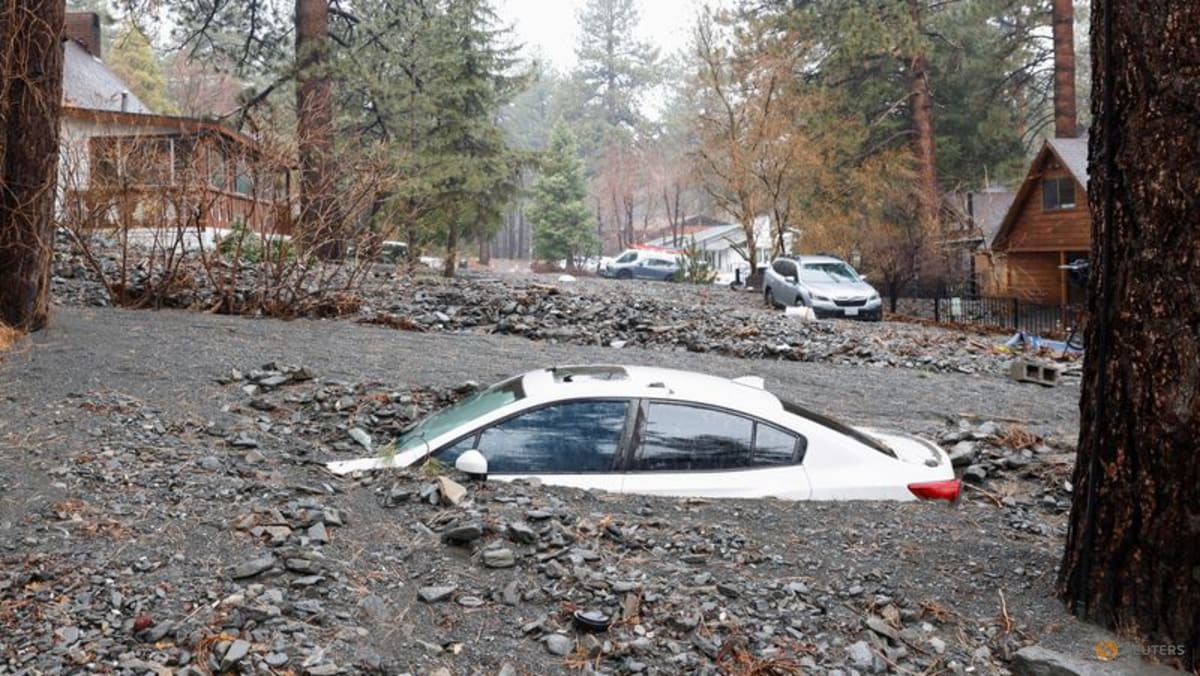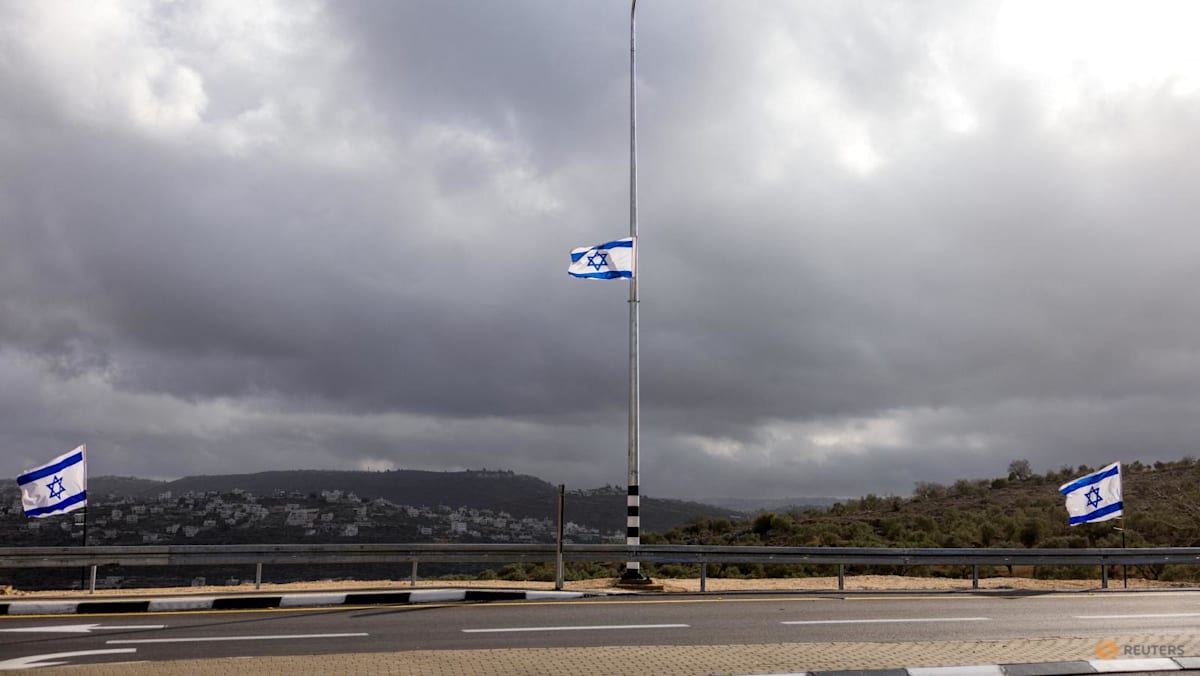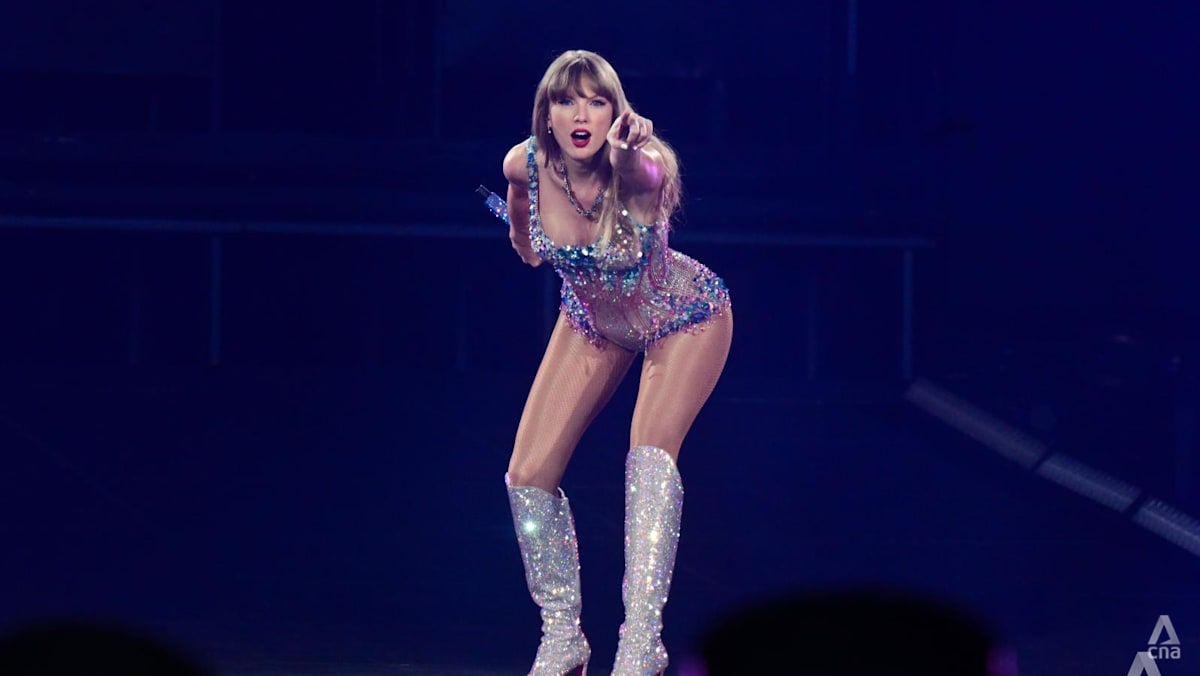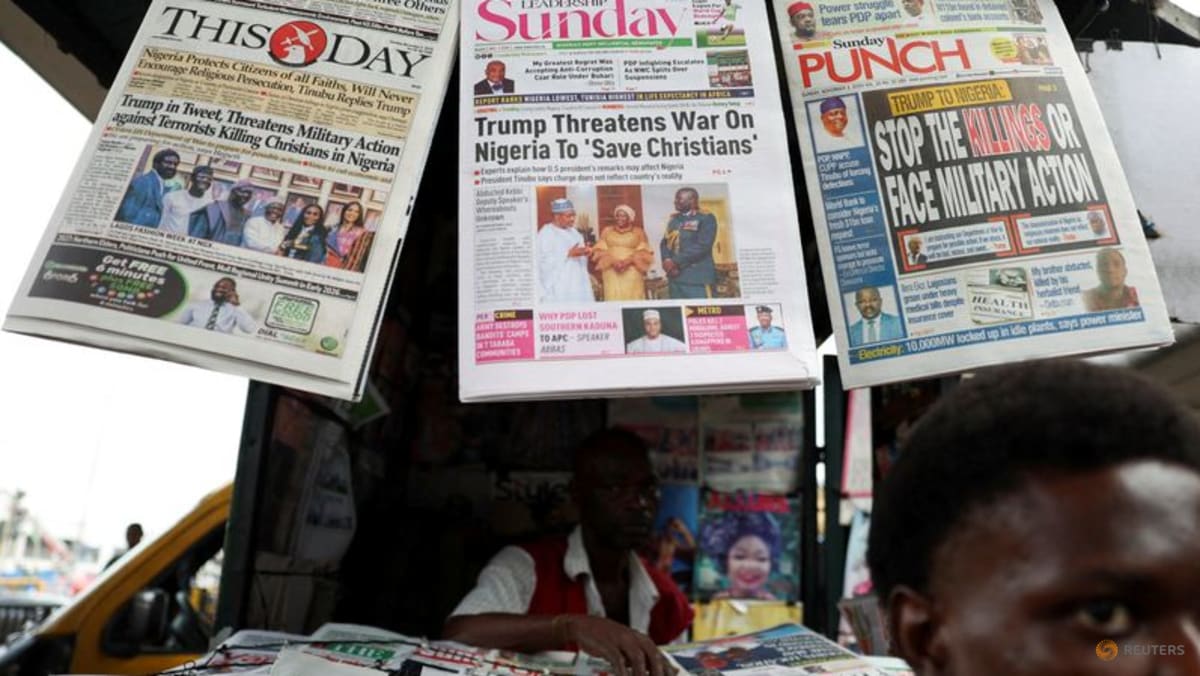Bipartisan Senate report details Secret Service ‘failures’ in Trump assassination attempt in Pennsylvania

The Secret Service failed to make clear decisions and did not communicate properly with local law enforcement or provide necessary resources that caused “foreseeable, preventable” security failings on July 13, when a would-be assassin opened fire on former President Donald Trump’s rally in Butler, Pennsylvania, according to a new Senate committee report.
The highly anticipated interim report was released by the Senate Homeland Security and Governmental Affairs Committee by both Republicans and Democrats and reflects the work of the committee since it opened its probe following the Butler attack.
This report focuses on the Butler shooting and does not extend to investigatory efforts launched after a separate second assassination attempt on the former president at his golf club in West Palm Beach, Florida, earlier this month.
Since the Butler attack, acting Secret Service Director Ronald Rowe has acknowledged that the event was a “failure” by the agency, but the committee, which interviewed multiple Secret Service personnel, found that individuals “declined to acknowledge individual areas of responsibility for planning or security as having contributed to the failure to prevent the shooting that day, even when as an agency, the USSS has acknowledged ultimate responsibility for the failure to prevent the former president of the United States from being shot.”
US Senator from Michigan Gary Peters speaks on the second day of the Democratic National Convention (DNC) at the United Center in Chicago, August 20, 2024.
Charly Triballeau/AFP via Getty Images
On a call with reporters, Senate Homeland Security Chairman Gary Peters pointed to several failures by the Secret Service.
“Every single one of those failures was preventable and the consequences of those failures were dire,” Peters said. “This was the first assassination attempt of a former president and the presidential candidate in more than four decades.”
Peters was joined on the call by committee ranking member Rand Paul, R-Ky., Permanent Subcommittee on Investigations Chairman Richard Blumenthal, D-Conn., and Ron Johnson, R-Wis., ranking member on the investigations subcommittee.
“Whoever was in charge of security on the day of Butler, whoever’s in charge of security during the recent assassination attempt, those people can’t be in charge. They there’s so many human errors,” Paul said. “No amount of money that you give to Secret Service is going to alleviate the human errors if you leave the same humans in charge who made these terrible, dramatic mistakes with regard to security.”

U.S. Sen. Rand Paul speaks at the Ronald Reagan Library in Simi Valley, CA. Tuesday, February 20, 2024.
Medianews Group/los Angeles Dail/MediaNews Group via Getty Images
On Friday, the Secret Service released a four-page Mission Assurance Report, which affirms many of the findings in the committee’s report, but the committee report offers additional details from interviews with USSS and local officials.
As part of the investigation, the committee interviewed Secret Service agents, as well as the Secret Service counter snipers that were at the rally.
A closer look at the roof of the building where shots were fired from
The Senate report pays special attention to the American Glass Research building from where Thomas Matthew Crooks fired, and unveils new details about the timeline of events on that day.
In the lead-up to the event, local law enforcement raised concerns about the building. The report finds that the line of sight from the AGR building plagued rally planning and that it was identified as a concern, but that no steps were taken to mitigate the threat. Trees obstructed the view of the sniper team that was positioned atop one of the nearby roofs.
The Secret Service initially began planning for the rally in early July with state and local law enforcement. The planning meetings lacked answers or a general plan, according to the report.
A Butler County Emergency Services Unit commander told the committee the July 11 site walkthrough was “incredibly disorganized” with “no coordination,” and said he felt like “there was really no plan.”
When the USSS counter sniper team leader did a walkthrough of the area, he told the committee he “wasn’t independently looking at the threat areas,” but rather making sure the roofs were safe for law enforcement to stand on.
The leader assumed that if there were an issue with one of the lines of sight with a sniper position, that counter sniper would have told the head of the unit.
Agents from the Secret Service were notified of a suspicious person with a rangefinder 27 minutes before shots were fired, but that information was not relayed to senior Secret Service leaders on the ground.
Three minutes before shots were fired, local law enforcement communicated over the radio that someone was on the roof of the AGR building. The information was passed to the Secret Service two minutes before Crooks fired. A local officer said there was someone armed on the roof 22 seconds before shots were fired, but that information wasn’t passed on to the Secret Service.
Secret Service counter snipers did see local law enforcement running towards the AGR building with their guns drawn, but did not alert the former president’s protective detail.
“At that time, we didn’t know what we were working with,” a USSS counter sniper told the committee.
Though counter sniper efforts ultimately failed to prevent Crooks from firing, the Senate report finds that Trump’s Butler rally was the first time that a USSS counter sniper team was assigned to a protectee who was not the president, vice president, or formally nominated party nominee. Snipers were only at the rally in response to “credible intelligence” of a threat. Though the committee did not identify what that threat was, sources have told ABC News that Iran has targeted the former president since the killing of General Soliemani.
When the Secret Service sniper took his shot at Crooks, he did so “mere seconds” after identifying him, his partner told the committee.
Officers told the committee they didn’t get resources they needed
Rowe has repeatedly asserted publicly that no assets were denied for the Butler rally. But some of the committee’s findings suggest otherwise.
The operator of the USSS counter drone measures, known as C-UAS, told the committee he requested additional C-UAS equipment and personnel in the11 days before the rally. However, these requests were denied, at times without explanation, according to the report.
The USSS lead advance agent told the committee Trump’s Secret Service detail requested counter assault team liaisons to help coordinate tactical assets in advance of the July 13 rally, but USSS denied this request, the report found.
When the CUAS system went down, the agent who was responsible for it called the manufacturer hotline to start troubleshooting the problem, delaying the deployment of the system for hours.
Previous testimony from the acting director stated that Crooks flew a drone over the rally site during the few hours the CUAS system was down.
Secret Service communications and those of local law enforcement were “siloed” in real time, according to the committee’s report.
Those issues included inoperable radios — in one instance, the head of the Pittsburgh Field Office gave his radio to the lead advance agent on the ground because his radio wasn’t working. These types of problems were commonplace, according to the report.
At one point, some of the agent’s communications were getting crossed with those of the detail of first lady Jill Biden, who was nearby.
Blumenthal called the Secret Service’s lack of accountability an “Abbott and Costello” routine, making reference to the infamous “Who’s on First” skit.
“It was really truth being stranger than fiction,” Blumenthal said of the finger-pointing as to who was responsible and who was in charge of the Butler event.
Committee leaders stress that the report is an interim set of findings meant to be expanded upon by further lines of questioning.
Blumenthal also called for new leadership at the Secret Service.
Peters told reporters last week that there have been instances in which agencies were not as responsive to committee requests as he would’ve liked.
Though the committee staff examined “over 2,800 pages” of documents provided by USSS and transcribed 12 interviews with USSS personnel, the report does reflect instances in which agencies did not meet committee requests.
“The majority of documents provided by the USSS and DHS are heavily redacted. This has unnecessarily hindered the Committee’s ability to carry out its constitutional authority to investigate and acquire information necessary to identify needed reforms,” the report says.
Source: abc news















